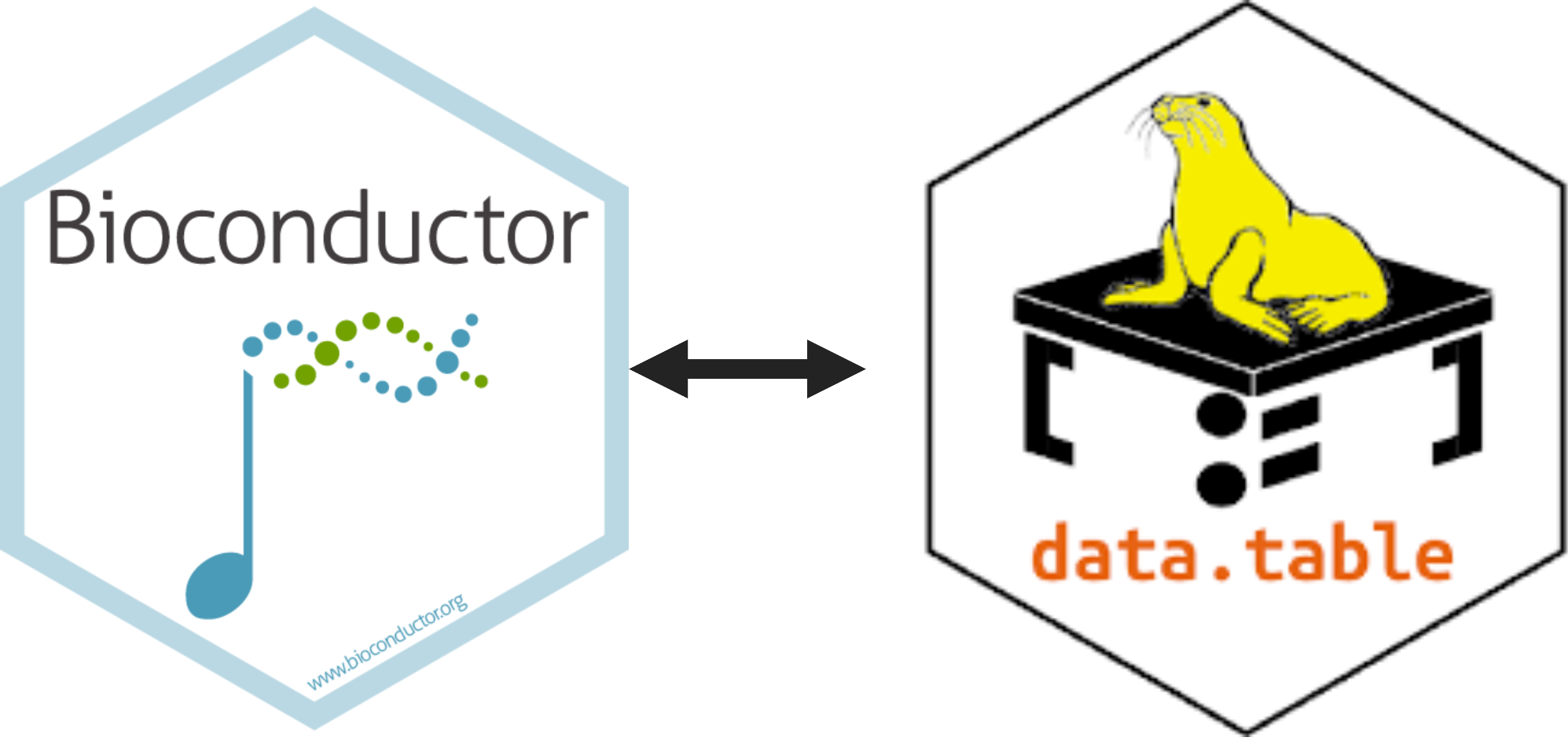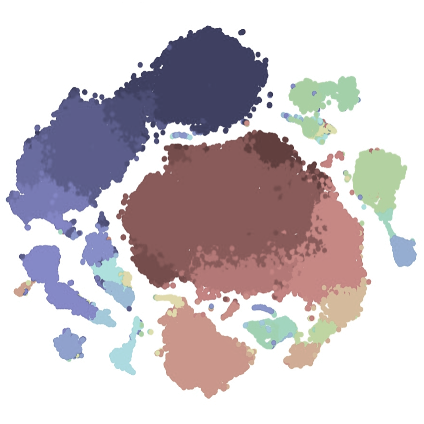This protocol page contains reproducible workflows for different types of cytometry data analysis using Spectre.
Getting started
For those gettings started with analysis, first check out our getting started page for installation instructions and some basic tutorials.
Overview

|
Introduction to computational analysis and best practices A brief introduction to the advantages and disadvantages of computational 'discovery' approaches, including clustering and dimensionality reduction. Included are two papers describing best practices and planning tips for high-dimensional analysis. GO TO PAGE |
Core analysis workflows
|
Initial data preparation
|
Simple discovery workflow
|
Discovery workflow with batch alignment using CytoNorm
|

|

|

|
| Here we provide instructions for initial data preparation, including compensation, cleanup gating, and data export from programs such as FlowJo. | A simple workflow (with worked example) using a single R script (or single FlowJo workspace) to run clustering/dimensionality reduction, make plots, and perform some limited quantitative/statistical analysis. No batch alignment steps included. | A analysis workflow for the alignment and analysis of data from multiple batches, using CytoNorm for batch alignment. |
Extensions
|
Time-series clustering and analysis with TrackSOM
|
Scaling analysis in large cytometry datasets using SuperCellCyto
|
Simple automated cell classification
|

|

|

|
| Clustering analysis of time-series data using the TrackSOM package. Developed by Givanna Putri and Mark Read. | SuperCellCyto allows for scalable analysis of very large cytometry datasets. Developed by Givanna Putri and the Phipson Lab, based on the SuperCell R package by David Gfeller lab from the University of Lausanne. | Strategies to facilitate automated cell classification using a kNN classifier. |
|
scRNAseq analysis
|
Rapidly generate tSNE or UMAP plots from CSV or FCS files
|
Rapid generation of graphs and heatmaps for quantitative, differential, and statistical analysis
|

|

|

|
| Here we provide analysis options and tools to support scRNAseq analysis, in conjunction with existing tools such as Seurat and SingleCellExperiment. | An R script to automatically generate tSNE or UMAP plots, after tSNE or UMAP has run in programs such as FlowJo. | Here we present a quick workflow script to rapidly generate graphs and heatmaps for quantitative, differential, and statistical analysis. Note, this can be used on summary data generated by any program, including FlowJo. |
|
Converting data.table to SCE and vice versa
|
Convert CSV to FCS files (and vise versa)
|
|

|


|
|
| A tutorial on how to convert data.table to SCE and vice versa. | An R script to rapidly convert FCS files to CSV files (or vise versa). | |
Tutorials
|
Which markers should I use for clustering?
|
How many cells can I analyse?
|
Arcsinh transformation
|
|

|

|

|
| A brief tutorial on determining which markers to use for clustering and dimensionality reduction. | A brief tutorial on assessing how many cells can be analysed using popular clustering (e.g. FlowSOM) and dimensionality reduction (e.g. tSNE, UMAP) techniques. | A tutorial on transformations for cytometry data, specifically using the arcsinh transformations. |
|
Generating 'summary' data
|
Creating heatmaps
|
Creating comparison graphs/violing plots
|

|

|

|
| A tutorial on generating 'summary' data from analysed 'cellular' data, to be used for quantitative, differential, and statistical analysis. | A tutorial on the use of expression and z-score/fold-change heatmaps in Spectre. | A tutorial on the generation of comparison graphs/violin plots in Spectre. |
|
Make plots with Spectre and ggplot2
|
Manipulating and filtering data with data.table
|
|

|

|
|
| Instructions for creating high-quality coloured tSNE/UMAP plots using Spectre's wrapper for ggplot2. | A tutorial on rapid data manipulation and filtering operations for large datasets using data.table. | |
Code for the table structure adapted from https://satijalab.org/seurat

